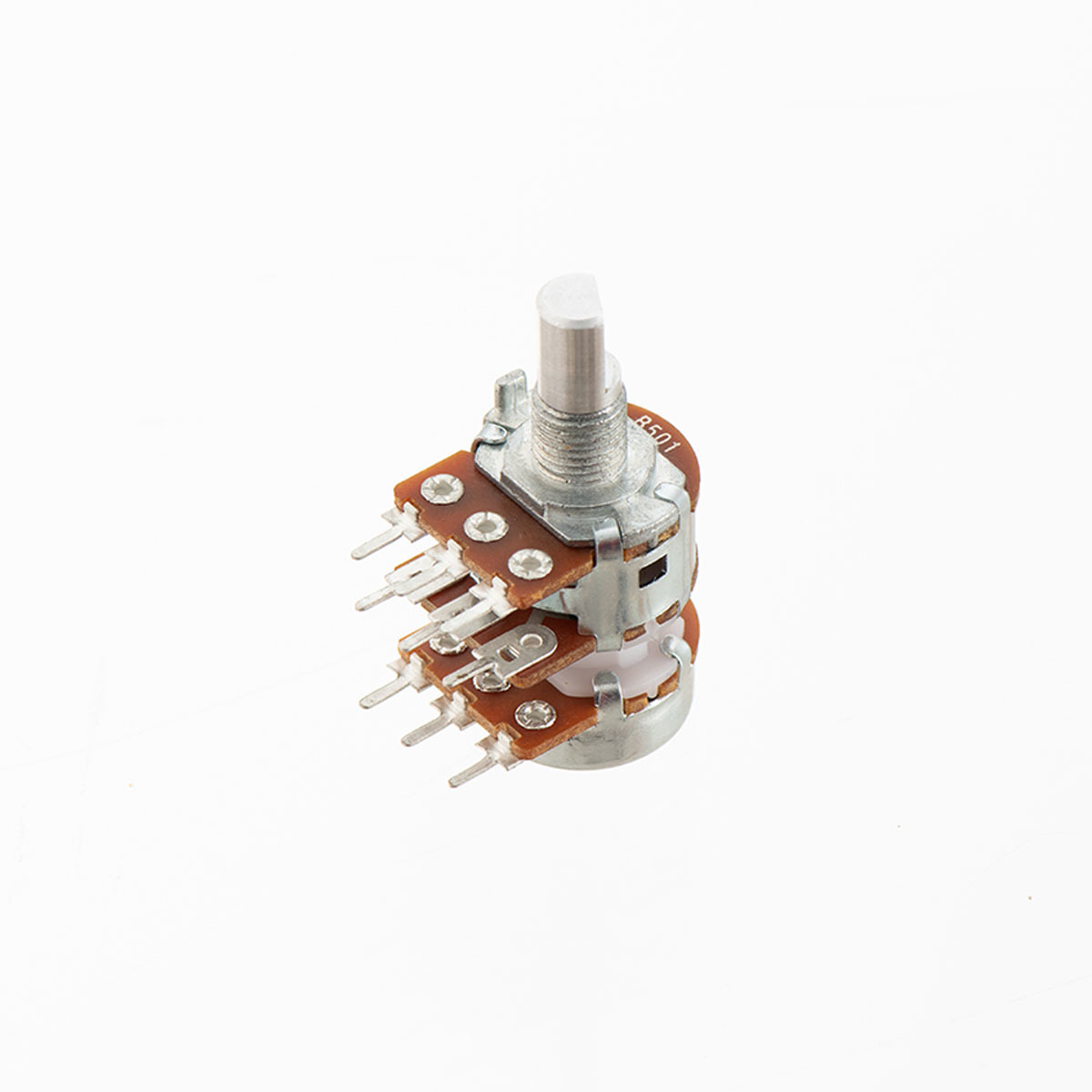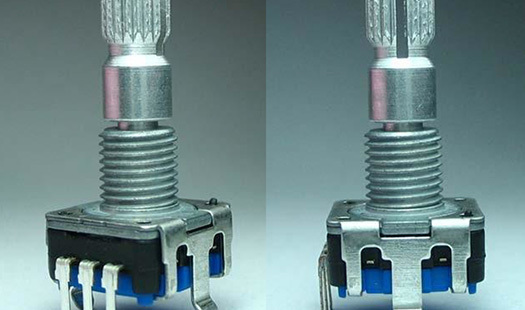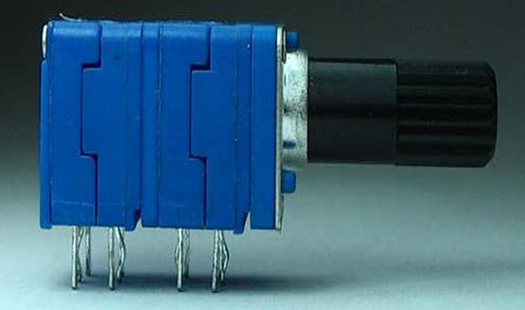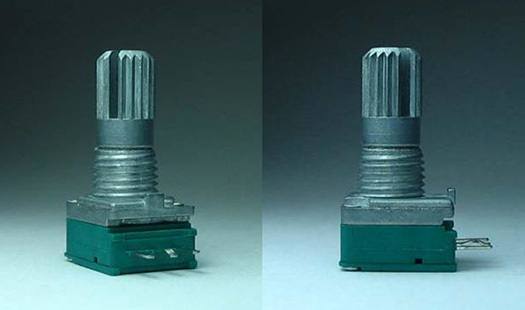Unraveling the Mysteries of the Rotary Potentiometer
Mar 31,2025
What is a Rotary Potentiometer?
Alright folks, let’s dive into the nuts and bolts of the rotary potentiometer. Often referred to as a ‘pot’ in the electronics community, this nifty device is a variable resistor that allows you to adjust voltage levels in a circuit. Whether it’s for controlling volume in your favorite audio device or varying brightness in a dimmer switch, the rotary potentiometer is a classic component that’s here to stay!

How Does It Work?
Now, you might be wondering, how does this little gadget do its magic? Essentially, a rotary potentiometer consists of a three-terminal resistor with a rotating contact. When you turn the knob (or shaft), you’re changing the resistance between the terminals. This, in turn, alters the output voltage, which can be sent to an electric circuit. Pretty cool, right?
Types of Rotary Potentiometers
Not all rotary potentiometers are created equal, my friends! They come in various types, each tailored for specific applications. Here are a few of the common types:
- Linear Potentiometer: This type offers a straight line of resistance, making it easy to predict changes in output.
- Logarithmic Potentiometer: Often used in audio applications, this type mimics the human ear’s response to sound, providing a more natural volume control.
- Digital Potentiometer: These are controlled electronically, offering precision and reliability without the need for physical adjustments.
Applications Galore!
So, where can you find rotary potentiometers doing their thing? The answer is, almost everywhere! From household gadgets to industrial equipment, they are the unsung heroes of modernization:
- Audio Equipment: Think about the volume and tone controls on your stereo. That’s a rotary potentiometer at work!
- Lighting Control: Dimmers for your home lighting often utilize rotary pots to adjust brightness smoothly.
- Mechanical Devices: From robotic arms to 3D printers, these devices often rely on rotary potentiometers for precision movements.
Choosing the Right Potentiometer
When it comes to picking the right rotary potentiometer for your project, there are a few things to keep in mind:
- Resistance Value: Ensure it fits the requirements of your circuit.
- Power Rating: Make sure it can handle the power without overheating.
- Size and Mounting: Consider where you’ll place it and how it will be mounted.
Troubleshooting Common Issues
Every now and then, you might run into a hiccup with your rotary potentiometer. Here are some common culprits and solutions:
- Noise Issues: If you hear crackling sounds, it could be dust or dirt inside. A quick clean can often fix this.
- Inconsistent Output: This could indicate wear and tear. Sometimes, replacing the pot is the best solution.
Final Thoughts
In a world filled with digital interfaces, the classic rotary potentiometer remains a beloved component in both DIY projects and professional applications. It’s simple yet effective, providing users with the control they need at their fingertips. So, the next time you turn a knob, take a moment to appreciate the clever design and engineering behind the rotary potentiometer!
More Information
More Information
RECOMMENDED










